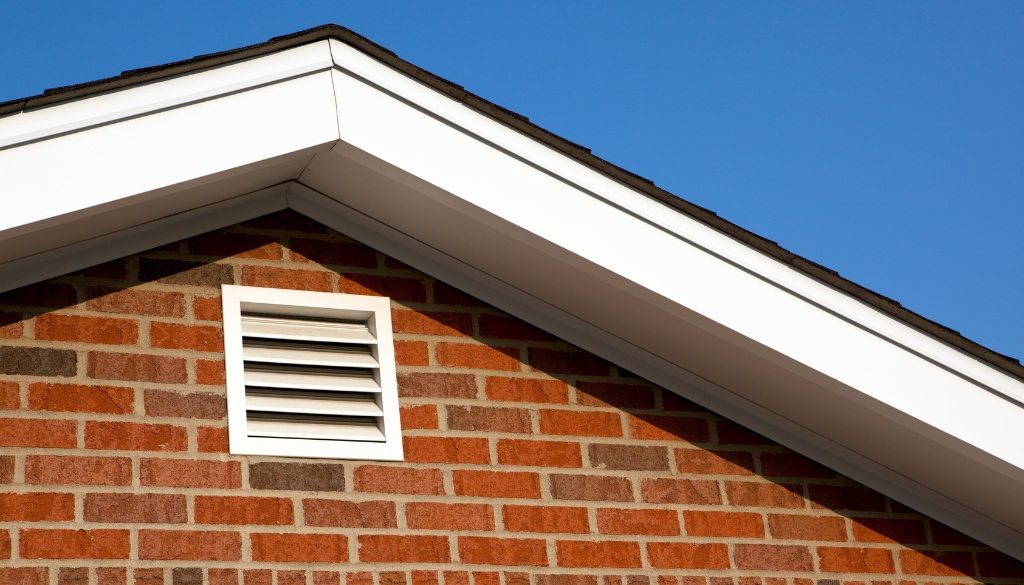
Mar 18, 2024 | Education, Maintenance, Prevention, Residential, Safety
As the Coulee Region says goodbye to winter and welcomes the spring weather, homeowners are reminded of all the preparations that accompany the seasonal transition. Among these, ensuring proper attic ventilation should be at the top of the list. In this blog, our experts at Ledegar Roofing will get into its critical role in maintaining the integrity of your home, enhancing its energy efficiency, and protecting your comfort through the warmer months.
The Role Of Attic Ventilation
It might seem like a minor aspect of home maintenance, but its impact is substantial. It involves the exchange of air in the attic space, allowing the hot air out and cooler air to enter. This simple process is pivotal for several reasons:
As temperatures rise, so does the heat captured in your attic. Without adequate ventilation, this heat can become trapped, causing temperatures in your attic to soar. This not only affects the comfort levels within your home but can also lead to the overheating of roofing materials, potentially shortening their lifespan and compromising the overall integrity of your roof.
Spring doesn’t just bring warmth; it also brings humidity. Proper attic ventilation ensures that moist air doesn’t get trapped within your attic. Moisture accumulation can lead to mold growth and wood rot, both of which can weaken your home’s structure and degrade air quality.
A well-ventilated attic contributes significantly to your home’s energy efficiency. By preventing heat accumulation, your cooling system doesn’t have to work as hard to maintain comfortable indoor temperatures, leading to lower energy consumption and, consequently, reduced utility bills.
While spring is here, Wisconsin residents know all too well that winter can linger. Proper attic ventilation plays a crucial role in preventing ice dams, which occur when heat from the attic melts snow on the roof, only to refreeze at the eaves. This can lead to water damage both externally and internally.
Ensuring Optimal Attic Ventilation
Achieving and maintaining optimal attic ventilation involves several components:
Effective ventilation relies on a balance between air intake (usually through soffit vents) and air exhaust (through ridge vents or other roof vents). This balance ensures a continuous flow of air that keeps the attic temperature in check.
Routine inspections, particularly during seasonal transitions, can help identify any blockages, damages, or inefficiencies in your attic ventilation system. Ensuring vents are clear of debris and in good working order is essential.
Given the complexities involved in achieving proper ventilation, consulting with roofing professionals like Ledegar Roofing can provide invaluable insights. A professional assessment can determine the adequacy of your current ventilation system and recommend enhancements tailored to your home’s specific needs.
Depending on the assessment, upgrading your attic ventilation might involve adding more vents, improving the insulation, or repairing existing ventilation fixtures. These enhancements can significantly improve the efficacy of your attic’s ventilation system.
The Ledegar Roofing Advantage
At Ledegar Roofing, we recognize the pivotal role of attic ventilation in protecting your home against the challenges of rising temperatures. Our team is adept at evaluating, installing, and maintaining attic ventilation systems, ensuring they are optimized for your home’s unique requirements.
With Ledegar Roofing, you can be rest assured that your attic ventilation is conducive to the longevity of your roof, the efficiency of your home, and the comfort of your living spaces. Contact Us to get started today.
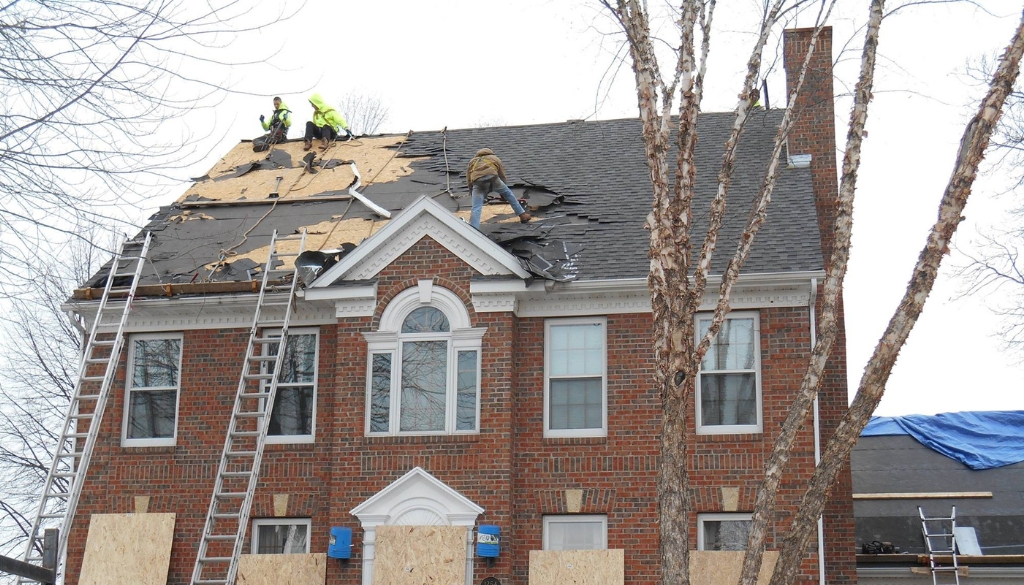
Feb 26, 2024 | Education, Inspection, Lifetime Roofs, Maintenance, Residential, Roofs
With an unusually warm winter wrapping up in the La Crosse, Wisconsin area, it may already feel like spring has sprung a bit early this year. This unexpected warmth brings a unique set of considerations for your home’s roofing system. As we transition fully into the spring season, it’s crucial to ensure that your roof is in prime condition to handle the upcoming months. Here’s a comprehensive Spring Roofing Checklist, brought to you by Ledegar Roofing, to help you prepare your home for the warmer months ahead.
Post-Winter Inspection
Despite the mild winter, fluctuating temperatures and occasional cold snaps could still have impacted your roof. Start with a visual inspection from the ground, looking for any signs of damage such as missing shingles, visible wear, or loose materials. Pay special attention to areas around chimneys, vents, and skylights.
Gutter Clean-Up
Gutters play a pivotal role in directing water away from your home. Even a mild winter can leave gutters clogged with debris, preventing proper drainage, and potentially leading to water damage. Clear out leaves, twigs, and any sediment to ensure smooth water flow. Also, check for any signs of sagging or detachment that might have occurred.
Trim Overhanging Branches
Early spring, before full foliage, is an ideal time to trim any branches hanging over your roof. Overhanging branches can scrape against roofing materials in the wind and drop debris that clogs gutters. Trimming them back can prevent damage and reduce gutter clutter.
Inspect Attic Ventilation And Insulation
Proper attic ventilation and insulation are crucial year-round. They prevent heat buildup in the summer and keep your home warm in the winter. Check your attic for any signs of moisture, mold, or mildew, which could indicate inadequate ventilation. Ensure that insulation is dry and evenly distributed.
Check For Algae And Moss
The warm, damp conditions of an unusually mild winter can be conducive to the growth of algae and moss on your roof. Not only are these unsightly, but they can also cause damage to roofing materials over time. If you notice any growth, consider scheduling a professional cleaning to safely remove it without damaging your shingles.
Sealant And Flashing Check
The sealant used around vents, skylights, and chimney bases can crack or wear away over time. Inspect these areas for any signs of failing sealant and have it replaced if necessary. Similarly, ensure that flashing — the metal strips that seal transitions on your roof — is intact and firmly in place.
Schedule A Professional Inspection
While a preliminary check can be done by most homeowners, nothing replaces a professional inspection. A roofing expert from Ledegar Roofing can identify issues that might not be visible to the untrained eye, providing peace of mind and a clear plan for any needed repairs.
Plan For Repairs Or Upgrades
Based on your inspection, plan for any necessary repairs or consider upgrades. Spring is an excellent time for roofing work, and addressing issues now can prevent more significant problems down the line. Whether it’s replacing worn shingles, upgrading gutter systems, or even considering energy-efficient roofing options, early planning is key.
Why Ledegar Roofing?
At Ledegar Roofing, we’re committed to ensuring your roof is ready for whatever the warmer months have in store. With our expertise and dedication to quality, we can help extend the life of your roof and protect your home. From routine maintenance to comprehensive repairs and replacements, our team is here to provide top-notch service.
As we embrace the early onset of spring in La Crosse, taking proactive steps to ensure your roof’s health is essential. Use this checklist to guide your spring roofing preparations, and remember, Ledegar Roofing is just a call away.
Ready to get your roof spring-ready? Contact us on our website or call 608-785-0901 to schedule your professional roof inspection today. Let’s welcome the warmer months with a roof that’s in perfect shape!
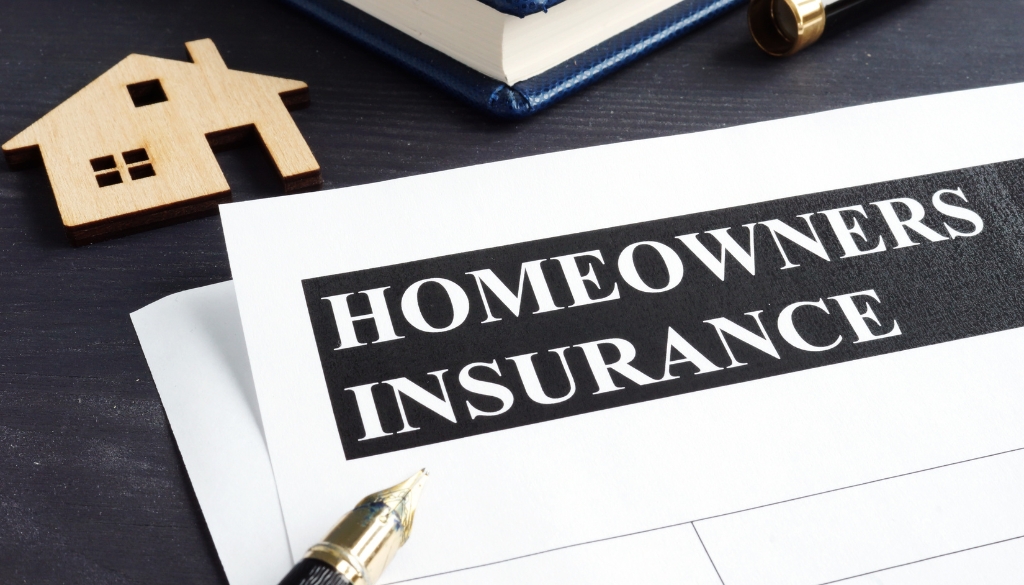
Feb 19, 2024 | Education, Inspection, Residential
This winter in La Crosse, Wisconsin, has surprised us all with its mild temperament. The expected blankets of snow and ice have largely given way to an unseasonably warm climate, interspersed with brief cool spells. While our roofs have been spared the heavy burdens of snow and ice accumulation, the fluctuating temperatures present their own set of challenges. These temperature swings can cause materials to expand and contract, potentially leading to unseen damage or weakening of your roof’s integrity. As the season progresses and we start to assess the impact of these conditions, it’s crucial to understand the nuances of navigating insurance claims for roofing damage in such atypical circumstances. Ledegar Roofing is committed to guiding you through this process, providing the expertise and support you need to address any issues with confidence and ease.
Step 1: Assess the Damage
Before reaching out to your insurance company, it’s crucial to understand the extent of the damage. If it’s safe, do a visual inspection of your roof from the ground. Look for missing shingles, visible ice dams, or sagging areas. Remember, some damage might not be immediately visible, so consider scheduling a professional inspection by Ledegar Roofing for a comprehensive assessment.
Step 2: Review Your Insurance Policy
Familiarize yourself with your homeowners’ insurance policy. Understand what is covered and what your deductible is. Roof damage due to “acts of God” or sudden accidents is typically covered, but there may be limitations based on the age of your roof or maintenance standards.
Step 3: Document Everything
Documentation is key when filing an insurance claim. Take clear photos of the damage from multiple angles. If you’ve had a professional inspection, ensure you have a detailed report and any repair estimates provided. Keep records of all communications with your insurance company for reference.
Step 4: Contact Your Insurance Company
With your documentation in hand, contact your insurance provider to initiate the claim process. They will likely ask for the details of the damage and the documentation you’ve gathered. Be as detailed and accurate as possible in your descriptions.
Step 5: Work With An Insurance Adjuster
Your insurance company will send an adjuster to evaluate the damage. It can be beneficial to have a representative from Ledegar Roofing present during this inspection. Our expertise can help ensure all damage is properly identified, and necessary repairs or replacements are accurately accounted for.
Step 6: Review The Claims Report
Once the adjuster has assessed the damage, you’ll receive a claims report detailing what the insurance company will cover. Review this report carefully to ensure it aligns with your professional inspection and addresses all necessary repairs.
Step 7: Choose A Reputable Roofing Contractor
Selecting a reputable and experienced roofing contractor like Ledegar Roofing is crucial. We work closely with insurance companies to ensure repairs are completed to the highest standards, using quality materials that comply with your policy requirements.
Step 8: Schedule The Repairs
Once your claim is approved, work with your chosen contractor to schedule the repairs. At Ledegar Roofing, we prioritize efficiency and quality, ensuring your roof is restored to its optimal condition, protecting your home from future weather challenges.
Step 9: Keep Detailed Records
Maintain records of all repairs, including invoices and payment receipts. This documentation is essential for future reference and can be helpful if you encounter additional issues or need to make further claims.
The Ledegar Roofing Advantage
Navigating roofing insurance claims can be complex, but you don’t have to do it alone. Ledegar Roofing brings years of experience in working with insurance companies and homeowners in the La Crosse area. Our commitment to excellence ensures that your roofing repairs are not just about restoring what was lost but enhancing the overall protection and value of your home.
Winter damage to your roof is more than an inconvenience; it’s a call to action to protect one of your most significant investments—your home. By understanding the insurance claims process and working with a trusted partner like Ledegar Roofing, you can navigate this challenge with confidence.
If you’re dealing with winter roof damage and need guidance on your insurance claims process, contact Ledegar Roofing on our website or call 608-785-0901. Let’s work together to restore the safety and beauty of your home.
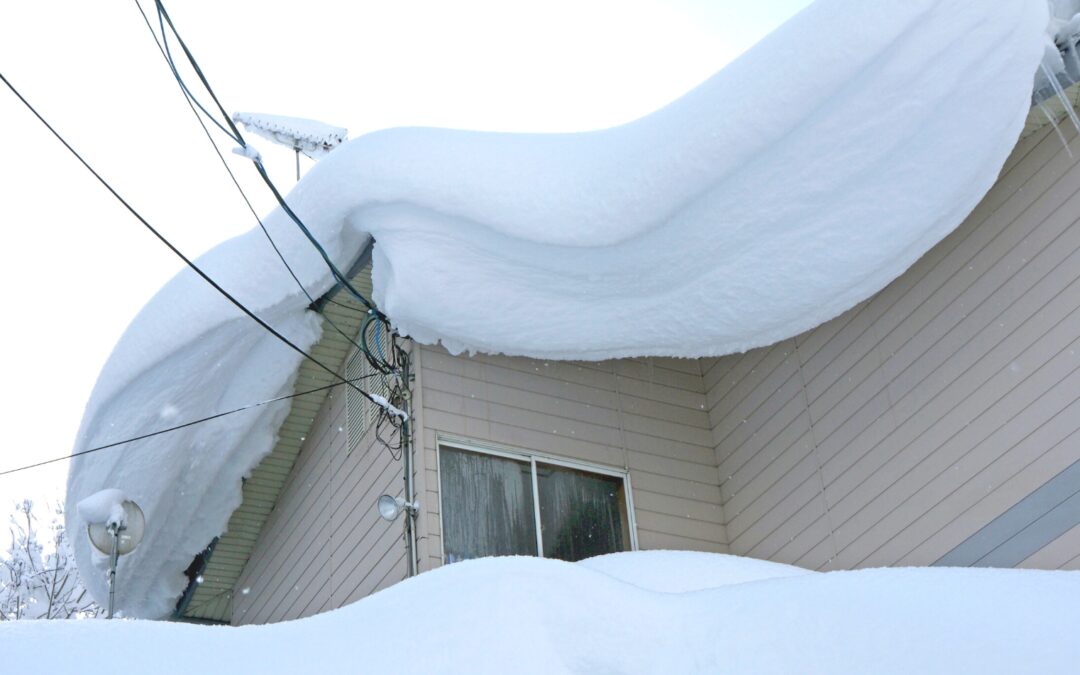
Jan 24, 2024 | Education, Prevention
As the winter season drapes La Crosse, Wisconsin, in its snowy mantle, the picturesque landscapes can often hide potential dangers, particularly when it comes to snow accumulation on your roof. At Ledegar Roofing, we understand the beauty of a winter wonderland, but also the importance of being aware of the risks heavy snowfall brings to your roof. In this comprehensive guide, we will explore the hidden dangers of snow accumulation on your roof and provide essential tips to safeguard your home.
Understanding Snow’s Impact on Your Roof
Roofs are designed to withstand a variety of weather conditions, but excessive snow accumulation can pose significant risks. The weight of snow, especially when it becomes compacted or turns into ice, can exert substantial pressure on your roof’s structure. This can lead to various problems, some of which are not immediately apparent.
The Weight Issue
A key concern with snow accumulation is the weight. Fresh, fluffy snow might seem light, but it can quickly become dense when packed. A foot of fresh snow can weigh approximately five pounds per square foot, while a foot of packed snow can weigh more than 20 pounds per square foot. For reference, ice is even heavier. Your roof’s ability to handle this weight depends on several factors, including its age, design, and the condition of the supporting structure.
Potential Structural Damage
Excessive weight from snow can cause the roof to sag, leading to structural damage such as cracked or broken rafters and trusses. In severe cases, it could even lead to a roof collapse, posing a significant safety hazard and potentially causing extensive damage to your home.
Ice Dams: A Hidden Menace
Another concern during the Wisconsin winters is the formation of ice dams. These occur when the heat from your home causes the snow on the roof to melt. The water then refreezes at the roof’s edge, forming a dam that prevents proper drainage. This can lead to water seeping under the shingles and into your home, causing damage to walls, ceilings, and insulation.
Vulnerability to Leaks
Snow and ice on the roof can also exacerbate existing vulnerabilities, such as cracks or gaps, leading to leaks. As the snow melts, water can seep into these openings, causing internal damage that may not be immediately noticeable.
Identifying Risks and Taking Action
Regular Roof Inspection
The first step in preventing damage due to snow accumulation is a thorough roof inspection, ideally before the onset of winter, but during winter works too. This inspection can identify potential vulnerabilities that snow and ice could exploit.
Calculating Snow Load
Understanding the snow load your roof can handle is vital. This depends on several factors, including the roof type, slope, and the materials used. In the La Crosse area, considering the typical snowfall, it’s essential to know when the weight is becoming a risk.
Efficient Snow Removal
Removing snow from the roof can prevent excessive weight accumulation and reduce the risk of ice dams. However, this task can be risky and should ideally be done by professionals. At Ledegar Roofing, we offer safe and efficient snow removal services.
Preventing Ice Dams
To prevent ice dams, ensure that your attic is well insulated and ventilated. This keeps the roof temperature consistent, reducing the chances of snow melting and refreezing at the eaves.
Monitoring and Maintenance
Regularly monitor your roof during winter, especially after heavy snowfall or a freeze-thaw cycle. Promptly address any issues, such as leaks or ice dam formation.
Professional Assistance: The Ledegar Roofing Advantage
Dealing with snow accumulation on your roof is not a task to be taken lightly. Professional assistance is crucial for several reasons:
- Safety: Removing snow from roofs can be dangerous. Our team at Ledegar Roofing has the necessary equipment and expertise to perform this task safely.
- Expertise: We can accurately assess the snow load and identify potential risks, providing peace of mind.
- Efficiency: Our experienced professionals can quickly and effectively remove snow, reducing the risk of damage.
- Preventative Measures: We can offer advice and services to prevent future issues, such as improving insulation or installing snow guards.
While snow-covered roofs are a hallmark of Wisconsin winters, being aware of the dangers they pose is crucial. Homeowners in the Coulee Region should proactively address these risks to protect their homes. Regular inspections, understanding the snow load capacity, efficient snow removal, and professional assistance are key to safeguarding your roof against the harsh winter conditions.
For expert roofing services, snow removal, and winter roof maintenance, trust Ledegar Roofing. We are committed to ensuring the safety and integrity of your roof, no matter what the winter brings. Contact us at 608-785-0901 or request an inspection online and let us help you keep your home safe and secure this winter.
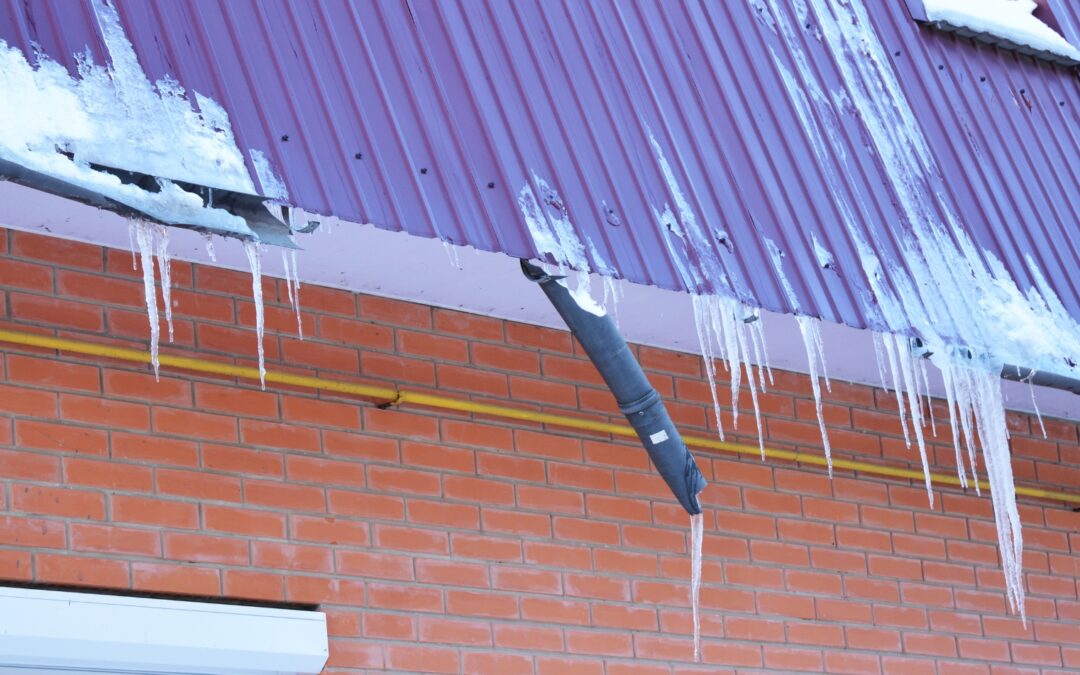
Jan 21, 2024 | Education, Gutters
In the picturesque city of La Crosse, Wisconsin, and the surrounding area, homeowners are no strangers to the challenges posed by the winter thaw and freeze cycles. These cycles can take a toll on one of the most crucial yet often overlooked aspects of your home: the gutters. At Ledegar Roofing, we emphasize the importance of gutter health, especially during the harsh Wisconsin winters. In this comprehensive guide, we will explore the impacts of winter thaw and freeze cycles on gutters and provide expert strategies to ensure their longevity and functionality.
Understanding the Freeze-Thaw Cycle
The freeze-thaw cycle is a common winter phenomenon in the Coulee Region. It begins when snow and ice melt during warmer periods, causing water to flow into gutters and downspouts. As temperatures drop, this water refreezes, expanding and potentially causing damage. This cycle can wreak havoc on gutters, leading to a range of issues.
The Impact on Gutters
Expansion and Contraction
The most immediate effect of the freeze-thaw cycle is the physical expansion and contraction of water. When water in the gutter system freezes, it expands, potentially warping or cracking the gutter material. This damage can compromise the gutter’s ability to channel water effectively.
Ice Dam Formation
Gutters are a common site for ice dam formation. Ice dams occur when ice builds up in the gutter, preventing proper drainage. The backed-up water can then seep under the roof shingles, causing leaks and water damage to the interior of your home.
Weight Strain
Accumulated ice in gutters adds significant weight, putting a strain on the gutter brackets and the roof structure. Over time, this can lead to the gutter pulling away from the roof or, in extreme cases, collapsing.
Blocked Downspouts
Frozen water can also block downspouts, preventing melted snow from draining away from the house. This can lead to overflow, foundation damage, and basement flooding.
Proactive Measures for Gutter Health
Maintaining gutter health during winter requires proactive measures. Here are essential steps to combat the challenges of the winter thaw and freeze cycles:
Regular Cleaning
Ensure your gutters are clean before the onset of winter. Remove leaves, twigs, and debris that can obstruct water flow. Clogged gutters exacerbate freeze-thaw damage.
Proper Insulation and Ventilation
Proper attic insulation and ventilation can reduce the chances of ice dam formation. Keeping the attic cool minimizes the amount of melting snow that reaches the gutters.
Gutter Guards Installation
Gutter guards can prevent debris accumulation, reducing the likelihood of clogs and ensuring smoother water flow.
Gutter Maintenance Checks
Regularly inspect gutters for signs of wear and tear, such as cracks, rust, or sagging. Early detection and repair can prevent more significant issues during winter.
Downspout Extension
Extend downspouts away from your home’s foundation. This helps in diverting water away from the house, reducing the risk of foundation damage and basement flooding.
Heated Gutter Systems
Consider installing heated gutter systems or heat tape. These systems can prevent ice formation in your gutters and downspouts.
The Ledegar Roofing Advantage
At Ledegar Roofing, we offer comprehensive gutter services, including inspection, maintenance, and repair. Our expertise in dealing with the unique challenges of La Crosse winters makes us your ideal partner in ensuring gutter health. Here’s what we bring to the table:
Expertise and Experience
Our team is well-versed in the intricacies of gutter maintenance and the specific challenges posed by La Crosse’s climate. We use this expertise to provide tailored solutions for your home.
Quality Materials and Installation
We use high-quality materials and ensure proper installation, significantly reducing the risk of freeze-thaw damage.
Customized Solutions
Every home is unique, and so are its gutter needs. We offer customized solutions, including gutter guards and heated systems, tailored to your specific requirements.
Preventive Maintenance and Repairs
Regular maintenance is key to gutter health. We provide thorough inspections and necessary repairs to keep your gutters in top condition.
Gutters play a pivotal role in protecting your home from water damage, particularly during the challenging winter months in La Crosse, Wisconsin. Understanding the impact of the freeze-thaw cycle and taking proactive steps are crucial in maintaining gutter health. With Ledegar Roofing’s expert services, you can ensure that your gutters are well-prepared to withstand the winter conditions.
Don’t wait for the thaw to reveal underlying issues. Take action now to protect your gutters and, consequently, your home. Contact Ledegar Roofing today!
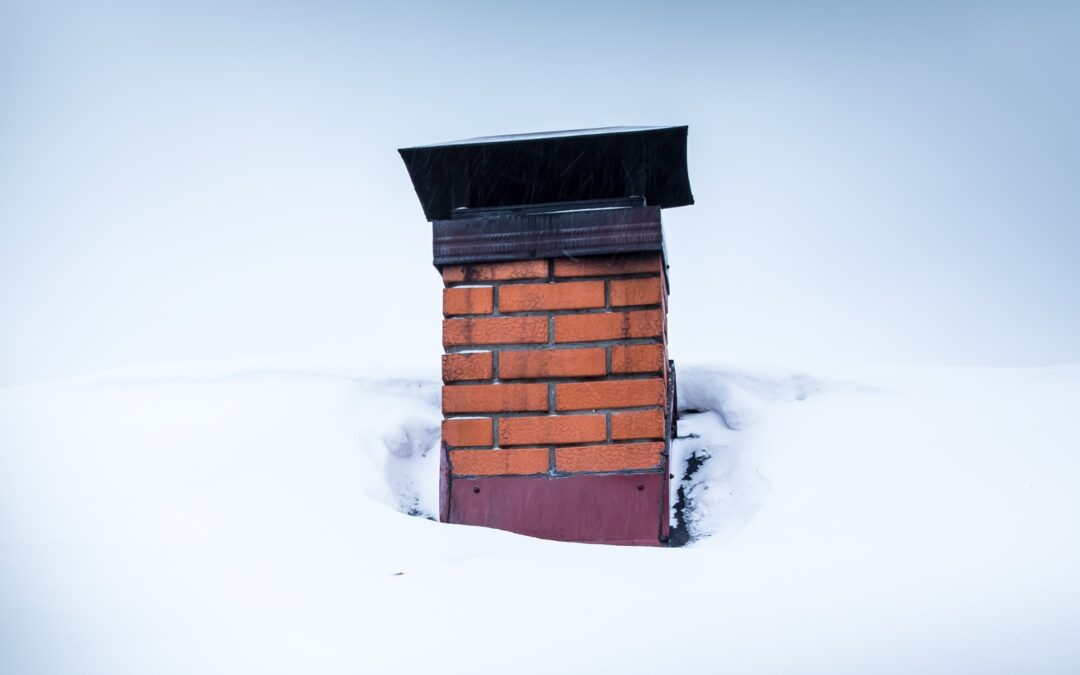
Jan 17, 2024 | Chimney, Education
Nestled in the enchanting backdrop of La Crosse, Wisconsin, where winters weave a frosty tapestry, the significance of chimney care escalates, especially when it comes to choosing the right chimney caps. At Ledegar Roofing, we understand the critical role chimney caps play in safeguarding your home against the rigors of winter and the intrusion of wildlife. This comprehensive guide is designed to help homeowners make informed decisions about selecting and maintaining chimney caps, ensuring a cozy and secure home throughout the winter season.
The Role of Chimney Caps in Winter
Keeping the Elements Out
The primary function of a chimney cap is to prevent snow, rain, and sleet from entering your chimney. Without a cap, moisture can seep into the chimney and mix with creosote, leading to corrosion, deterioration of the chimney liner, and even the development of hazardous mold.
Blocking Wind Drafts
During the blustery winters in the Coulee Region, chimney caps play a crucial role in blocking wind drafts. These drafts can send cold air rushing down your chimney, reducing the efficiency of your heating system and increasing energy costs.
Protecting Against Freeze-Thaw Damage
Chimney caps help mitigate the freeze-thaw cycle’s impact on your chimney structure. By keeping moisture out, they prevent water from freezing and expanding within the chimney, which can cause bricks and mortar to crack and crumble.
The Wildlife Defense
Beyond weather protection, chimney caps are indispensable in preventing wildlife from entering your chimney. Birds, squirrels, raccoons, and other critters seeking warmth, or a nesting place can easily make their way into an uncapped chimney, leading to blockages and potential health hazards.
Choosing the Right Chimney Cap
Selecting the ideal chimney cap requires consideration of several factors:
Material Matters
Chimney caps are available in various materials, including stainless steel, copper, and galvanized metal. Stainless steel and copper are more durable and offer superior rust resistance, making them a preferable choice for the harsh Wisconsin winters.
Proper Sizing and Fit
It’s crucial to choose a chimney cap that fits your chimney correctly. An ill-fitting cap can lead to inadequate protection and the risk of it being dislodged by strong winds.
Design Considerations
Chimney caps come in different designs, from simple and functional to ornate and decorative. The design should not only complement the aesthetics of your home but also provide adequate airflow for efficient chimney operation.
Mesh Sizing
The mesh sides of chimney caps not only keep animals out but also prevent larger debris from entering the chimney. The mesh size should be small enough to block animals and debris, yet large enough to allow smoke and gases to escape freely.
Installation and Maintenance
Professional Installation
Proper installation of a chimney cap is key to its effectiveness. At Ledegar Roofing, our team of experts ensures that your chimney cap is securely and correctly installed, providing optimal protection for your home.
Regular Inspections and Maintenance
Routine inspections are vital to ensure your chimney cap remains in good condition. Over time, caps can become damaged or clogged with debris, compromising their functionality. Regular maintenance checks, particularly after severe weather events, are crucial.
The Ledegar Roofing Commitment
Choosing the right chimney cap and ensuring its proper installation and maintenance can seem daunting. At Ledegar Roofing, we are committed to guiding you through every step of this process. Our expertise in roofing and chimney care ensures that your home remains protected against winter’s challenges and unwelcome wildlife guests.
A chimney cap is more than just an accessory; it’s a critical component in maintaining the health and safety of your chimney and home. In the face of La Crosse’s winter weather and wildlife, a well-chosen and maintained chimney cap is an investment in peace of mind.
For expert advice on chimney caps and comprehensive chimney care services, trust Ledegar Roofing. Our team is dedicated to providing top-quality solutions tailored to the unique needs of La Crosse area homes. Contact us at 608-785-0901 or online for more information. Let us help you enhance the safety, efficiency, and comfort of your home this winter and beyond.










